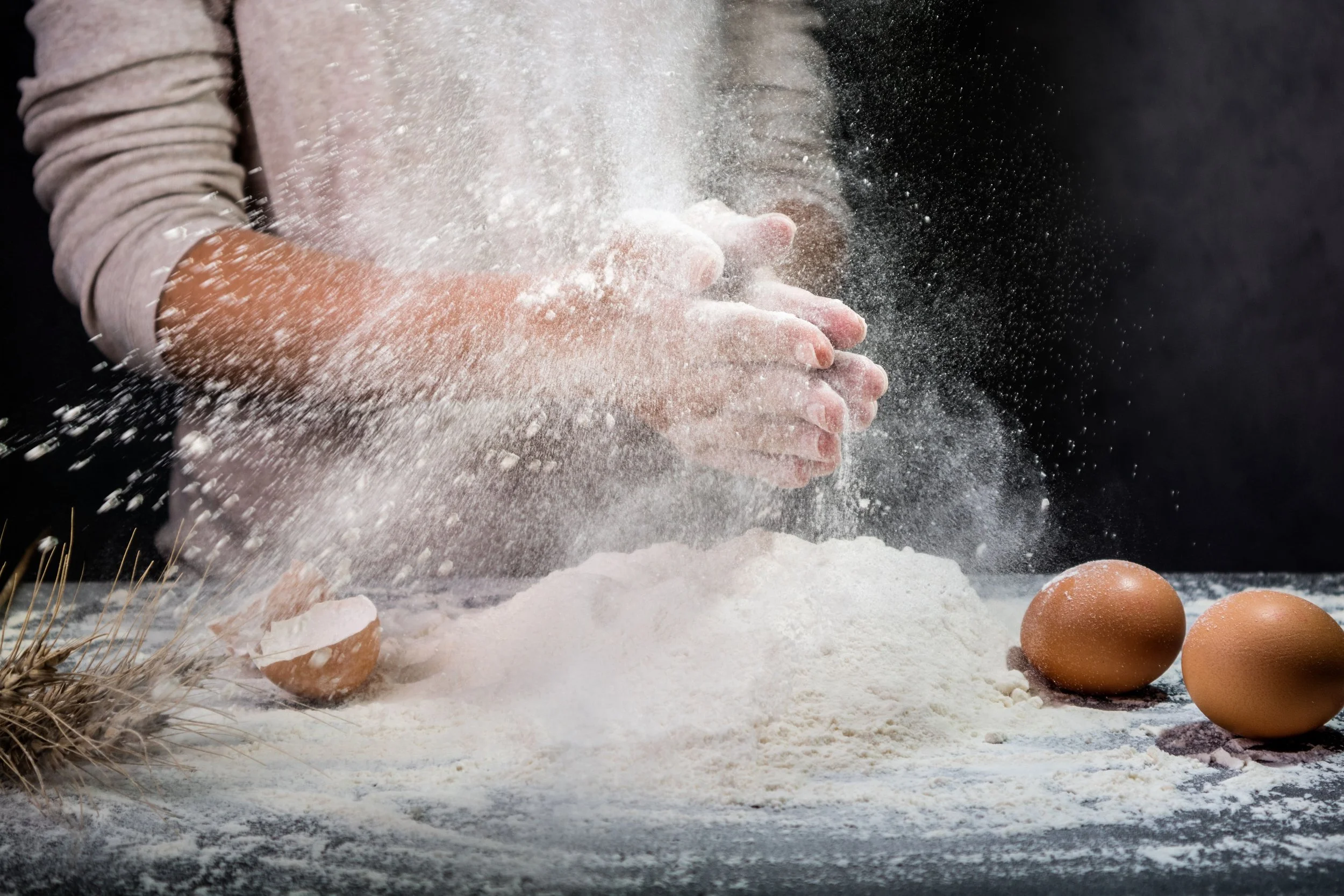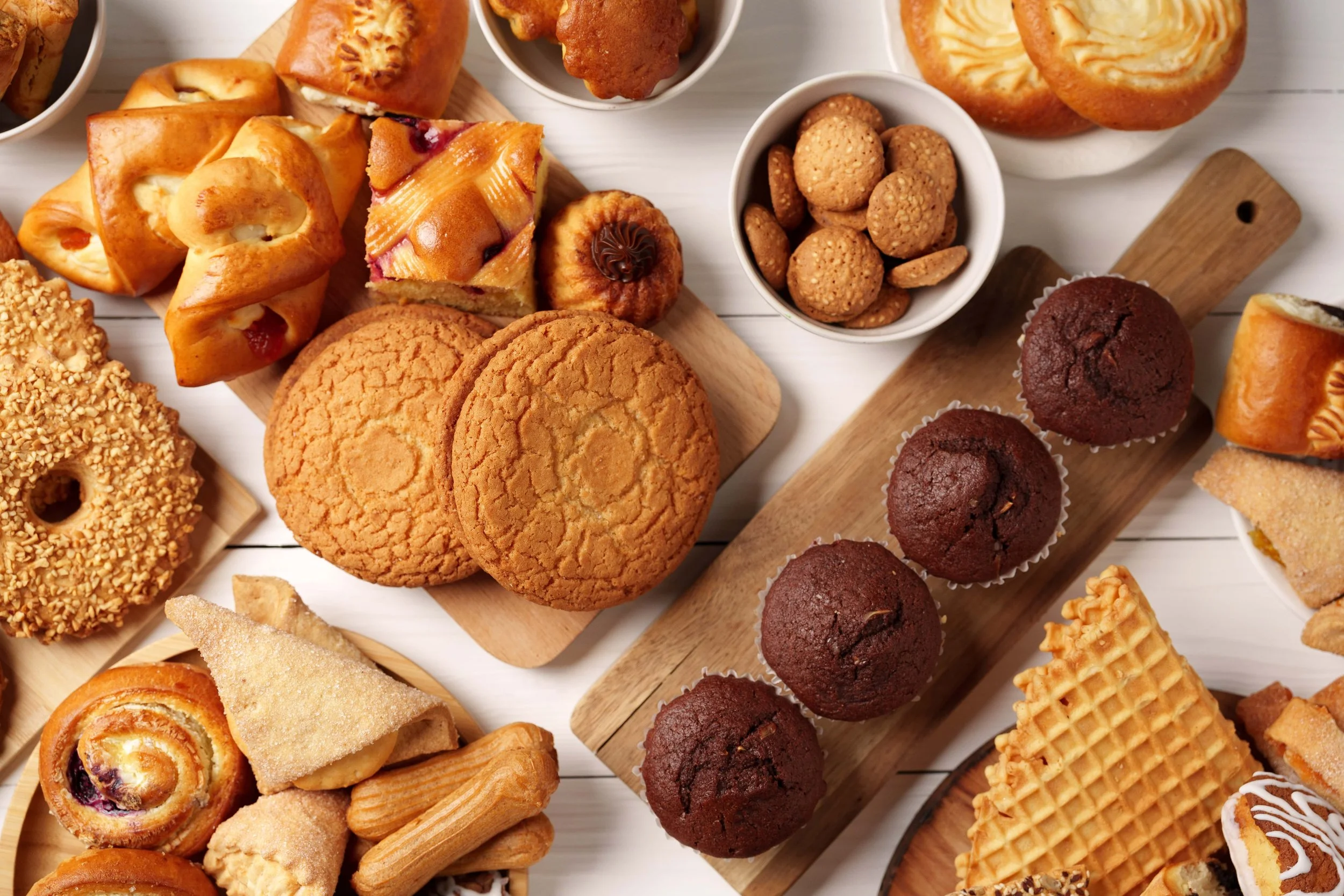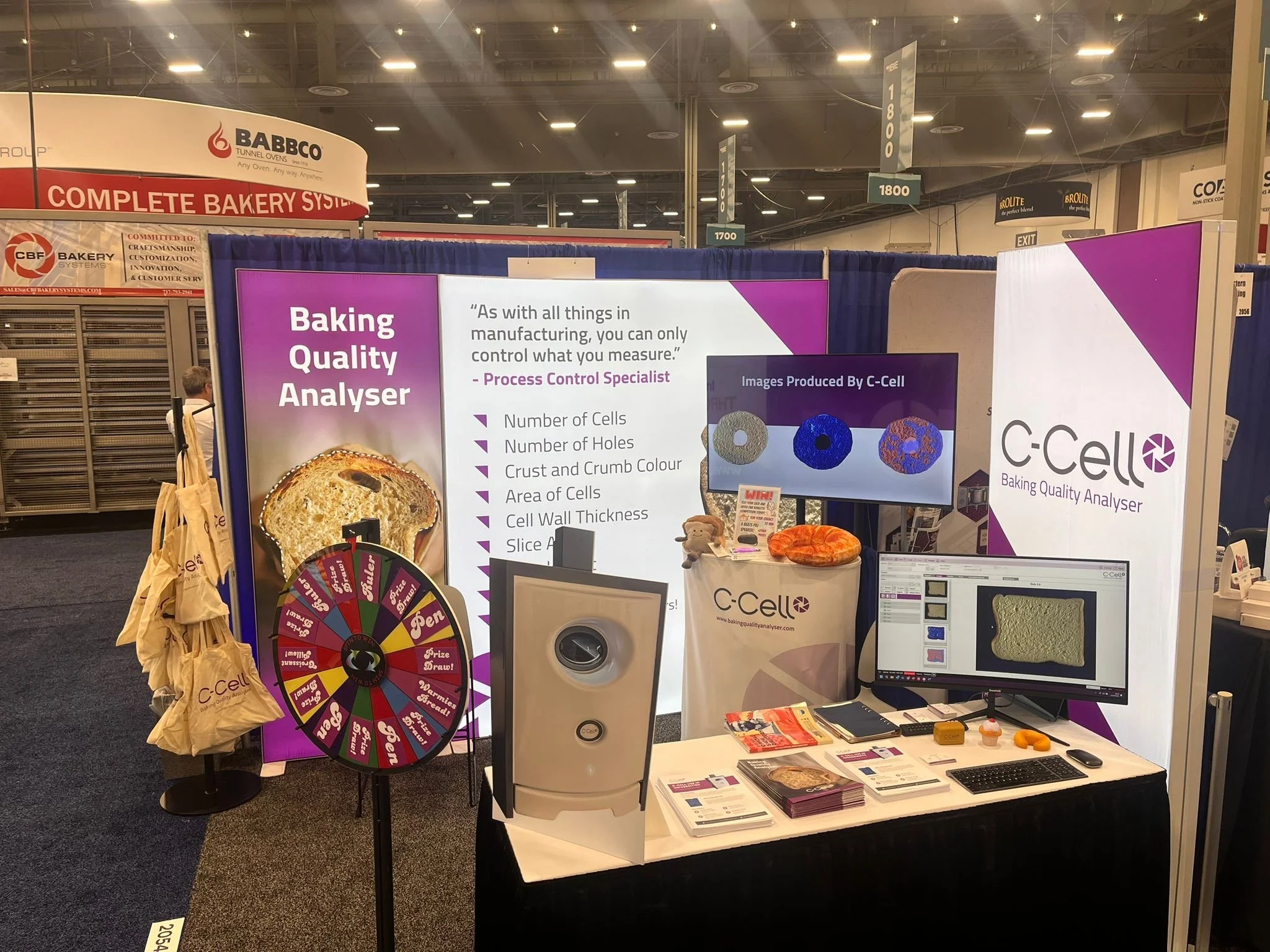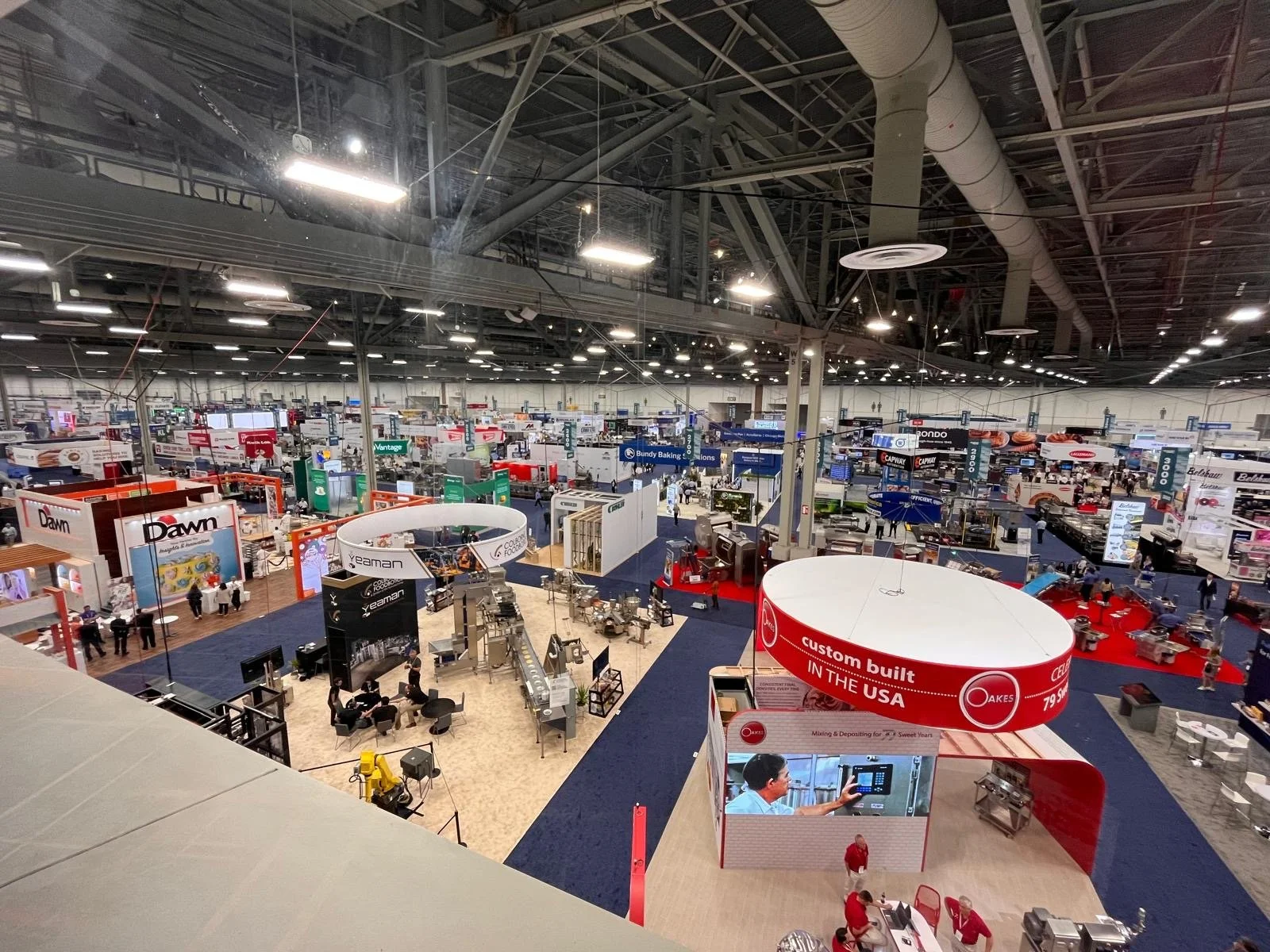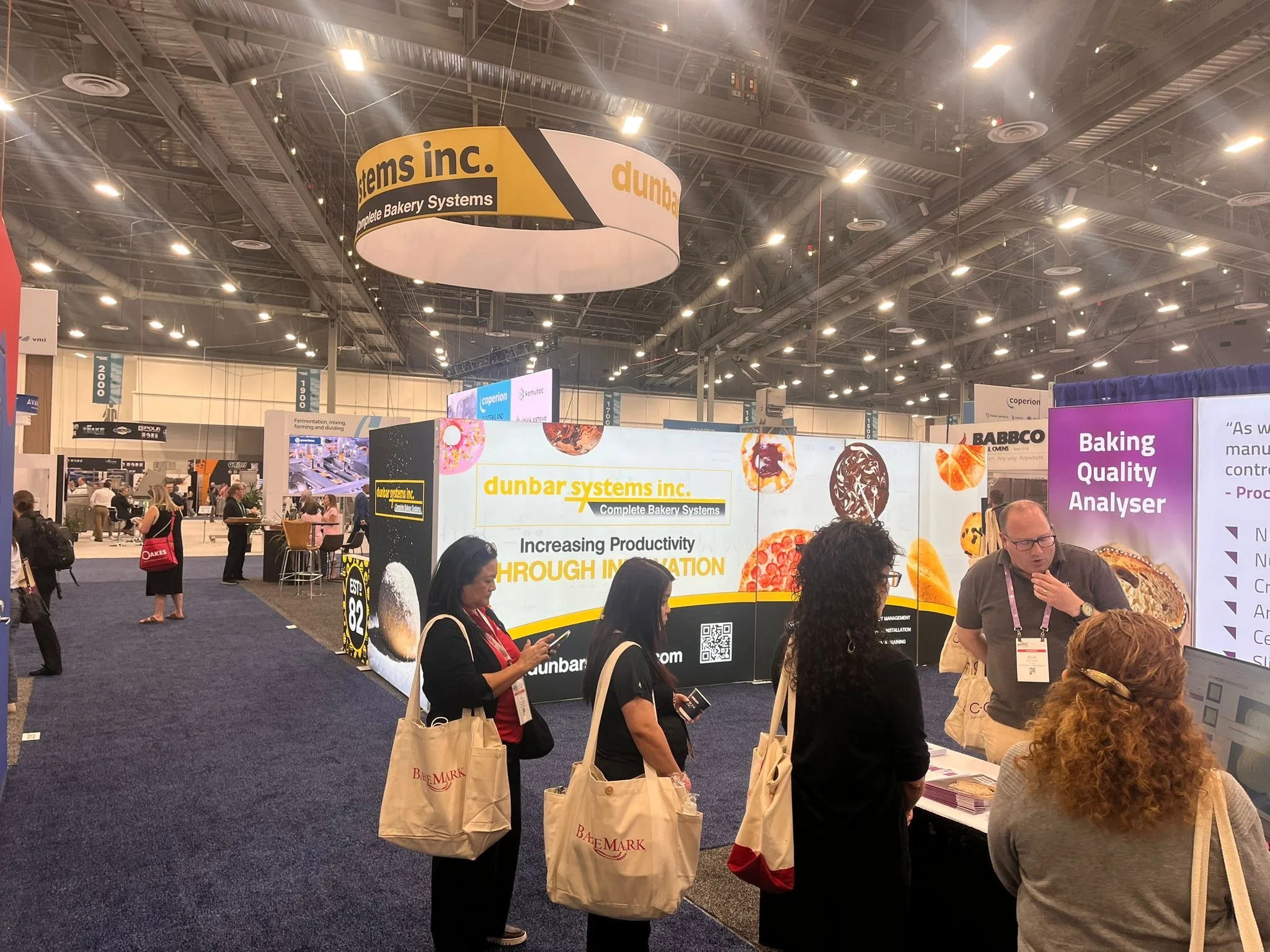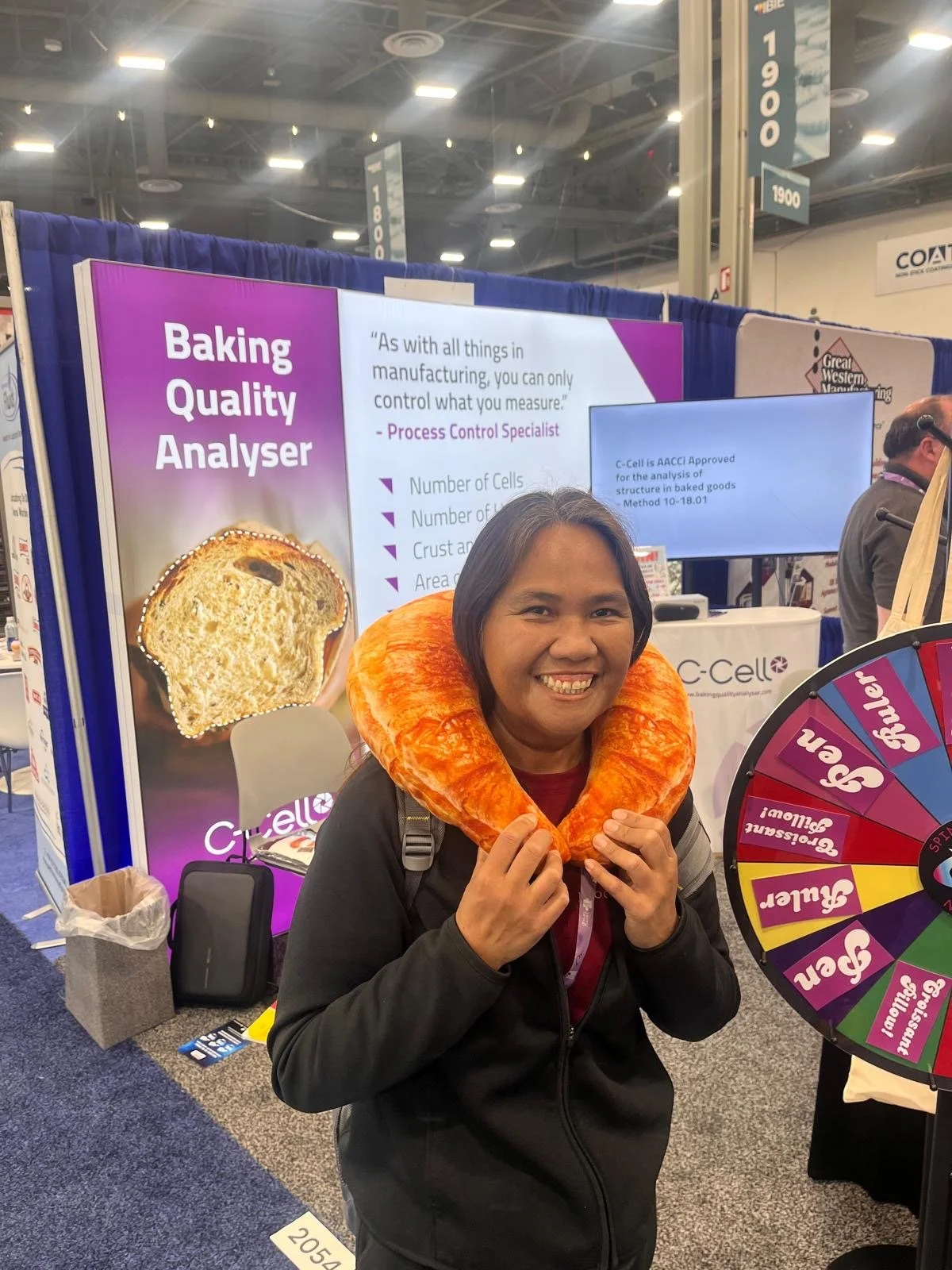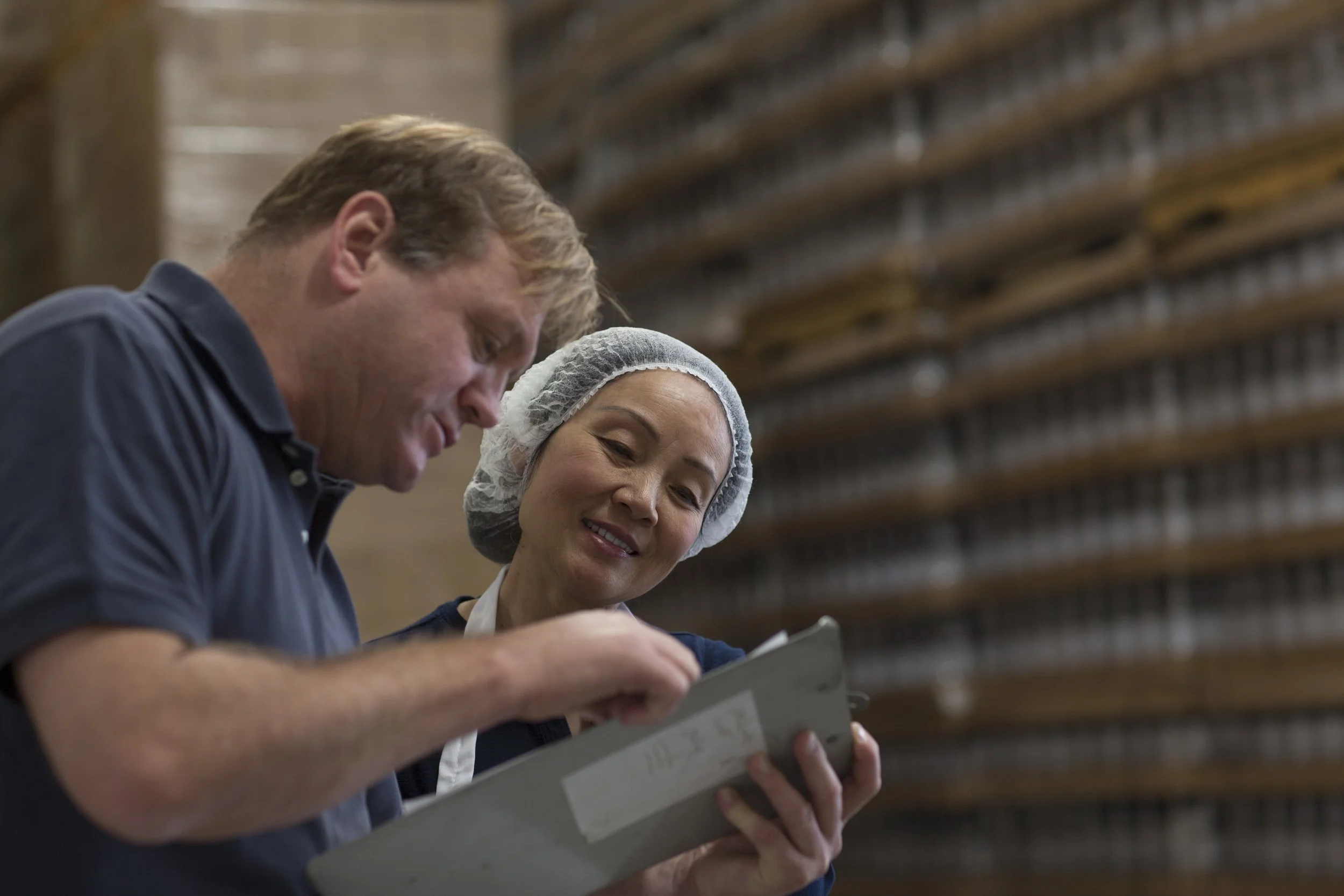From light, airy loaves to chewy chocolate chip cookies, the texture and mouthfeel of baked goods have been historically judged solely by a human’s perception.
Whether that’s the baker’s touch, the consumer’s bite, or an expert panellist’s opinion, the limitation of these assessment processes is that they only produce subjective, qualitative data.
Now, modern technology, in the form of baking quality analyser tools, is changing how we assess texture by transforming it from an art form into a measurable science.
By quantifying crumb structure and linking it directly to sensory language like ‘soft’, ‘airy’, and ‘chewy’, these innovations bridge the gap between subjective experience and objective data, enabling a more reliable understanding of what makes the perfect baked good bite.
Why texture in baking matters
Texture isn’t just a sensory benefit; it’s a defining feature that can make or break a baked product’s appeal.
How many bakery reviewers describe a cake as simply ‘good’ or a loaf of bread as merely ‘bad’? The reality is it’s rare.
Instead, consumers talk about the softness of bread, the flakiness of pastries, and the chewiness of cookies, highlighting how people automatically relate the texture of baked goods to their freshness and quality.
This behaviour is backed by the results of a global consumer survey conducted by Taste Tomorrow which found that 72% of consumers globally enjoy trying foods with different textures, with nearly half prioritising texture over ingredients when deciding what to buy.
Among millennials, that influence is reportedly even stronger, with 68% saying texture directly impacts their choices.
That’s why, within the highly competitive baked goods market, pastries that aren’t as buttery and flaky as alternative brands, or loaves of bread that miss the mark in terms of their crustiness, can have a detrimental impact on brand perception.
The pressure on commercial bakeries to achieve the perfect texture is also compounded by an increase in consumer demand for baked goods with fewer additives and more plant-based options - all of which can alter the fundamental structure of these items.
This is where quantification enters the picture.
By measuring the physical parameters that create a given texture, producers can not only ensure consistency but also intentionally design mouthfeel and the human tasting experience.
The science behind 'soft', 'airy', and 'chewy'
The production of baked goods that are soft, airy, or chewy is no happy accident.
It’s the result of a series of intentional decisions regarding the types of ingredients and their quantities.
For instance, opting for a high-protein flour usually creates a robust bread structure, whereas flour with a lower protein content is more tender.
These sensory descriptors correlate precisely with specific scientific measures. For example,
- Softness relates to elastic modulus — a measure of a material’s stiffness and its elastic resistance to under pressure
- Airiness relates to porosity – a measure of cell uniformity and the amount of air within the crumb structure.
- Chewiness relates to crumb resilience – a measure of how quickly the baked good can spring back to its original shape after being compressed.
Where the human palate identifies freshness and quality, these scientific instruments perceive quantifiable metrics.
And with tools like C-Cell baking quality analyser, bakers can now visualise and measure those metrics with exceptional precision.
Where the role of quantification methods and digital twins fits in
On top of utilising quantification methods to develop the most satisfying and practical baked good textures, this approach also opens the door to predictive modelling.
By digitising texture parameters, they can be fed into digital twins – a type of virtual model of baking processes that simulate how formulation or process changes will affect the final texture and mouthfeel of the baked good.
Within these digital environments, bakers can easily adjust a wide range of variables like water absorption, mixing time, or proofing conditions and then accurately predict how those changes will affect the finished product’s structure and sensory qualities.
Essentially, this capability allows manufacturers to build predictive models that dramatically shorten development cycles and minimise waste by reducing the need for repeated trial-and-error testing. It also supports consistent quality by benchmarking every batch against a data-defined ‘ideal’ profile.
The result is faster innovation and closer consumer alignment, ensuring technologies like the C-Cell baking analyser tool continue to drive truly intelligent, precise baking.
Is science the entire future of baking? Not quite.
Even with the most advanced measurement technologies, the artistry of baking remains indispensable.
While the objective, measurable data derived from baking analysis tools like C-Cell can be invaluable for defining the exact degree of ‘softness’, ‘airiness’, or ‘chewiness’ for a baked product, it’s up to real bakers to decide exactly how soft, airy, or chewy is right for a particular brand or market.
Essentially, these tools are designed to support the baker’s human intuition and creativity, helping them to develop baked goods that are emotionally satisfying and technically perfect.
To find out how C-Cell baking analysis can help your bakery to achieve the desired texture for all your baked goods, speak to our professional team today.










